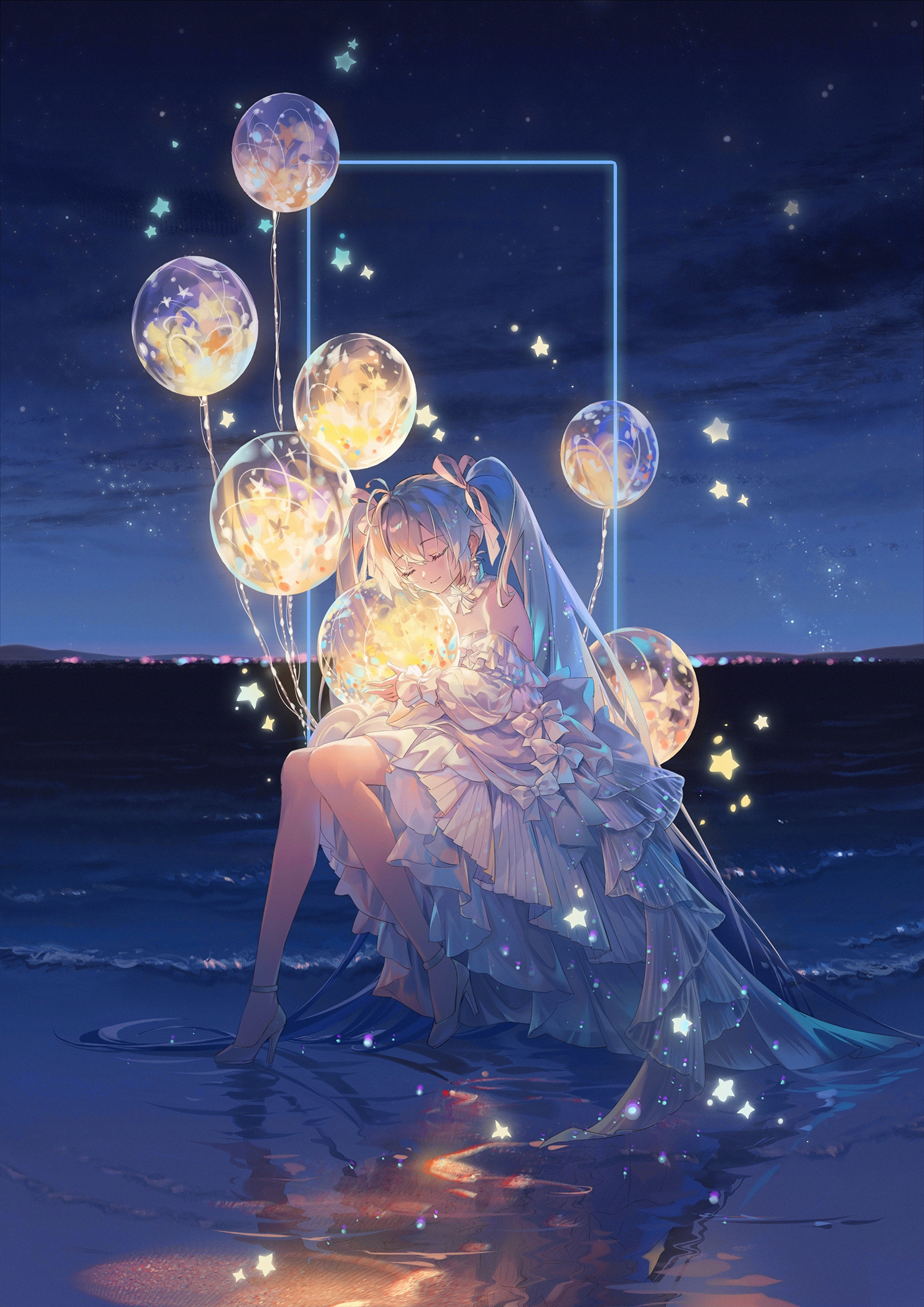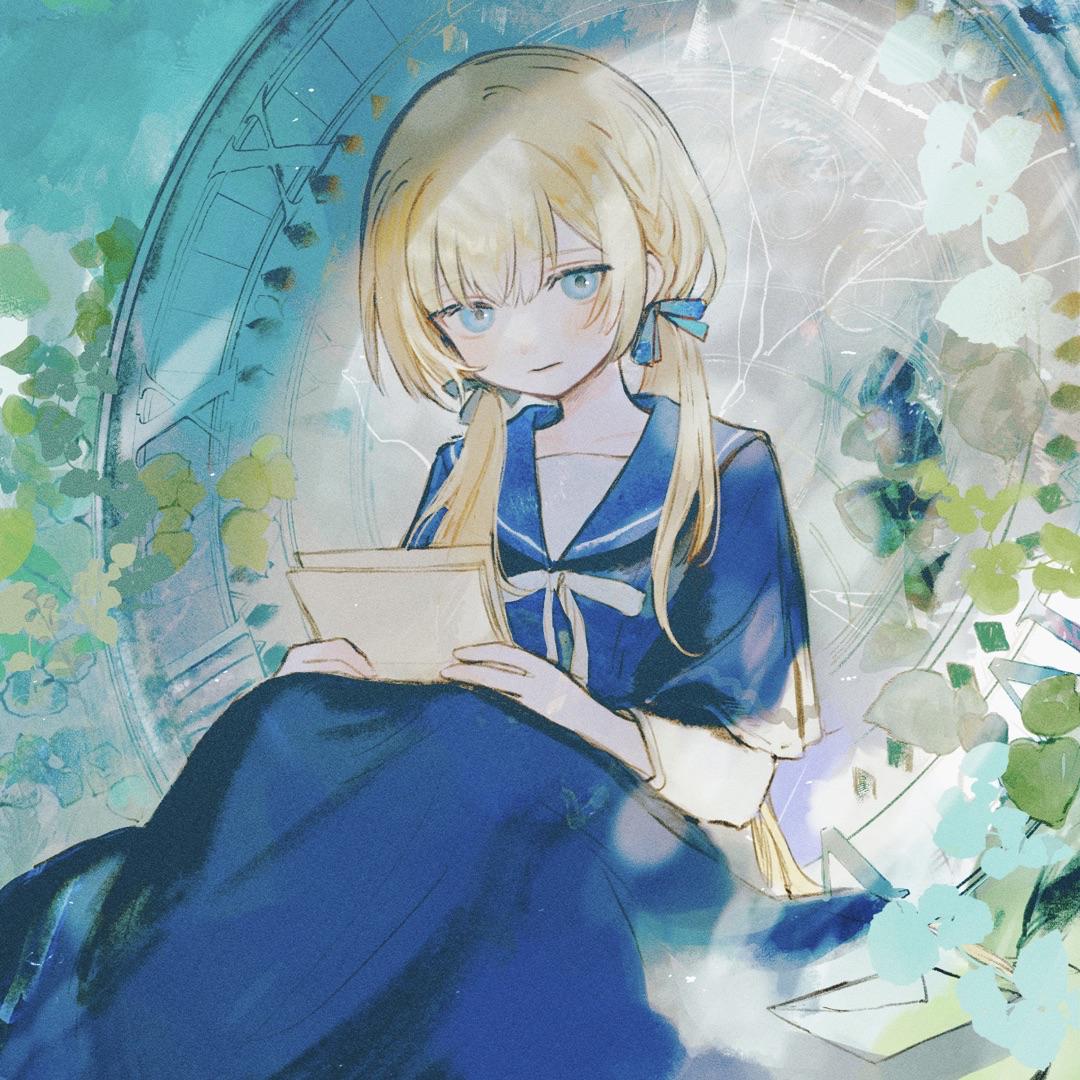1
2
3
4
5
6
7
8
9
10
11
12
13
14
15
16
17
18
19
20
21
22
23
24
25
26
27
28
29
30
31
32
33
34
35
36
37
38
39
40
41
42
43
44
45
46
47
48
49
50
|
public static int propertyScaleImage = 1;
public static Texture2D CopyTextureByBlit(Texture2D source, RenderTexture renderTex = null, Material sourceMaterial = null)
{
Material material = new Material(sourceMaterial);
material.SetVector("_ClipRect", new Vector4(0, 0, 0, 1));
RenderTexture currentCameraRenderTexture = null;
if (renderTex == null)
{
if (Camera.main != null)
{
currentCameraRenderTexture = Camera.main.targetTexture;
}
if (currentCameraRenderTexture != null)
{
Camera.main.targetTexture = null;
}
}
Graphics.Blit(source, renderTex, material);
RenderTexture previous = RenderTexture.active;
RenderTexture.active = renderTex;
Texture2D readableTexture = new Texture2D(source.width, source.height);
readableTexture.ReadPixels(new Rect(0, 0, renderTex.width, renderTex.height), 0, 0);
RenderTexture.active = previous;
if (Camera.main != null && currentCameraRenderTexture != null)
{
Camera.main.targetTexture = currentCameraRenderTexture;
}
return readableTexture;
}
|









